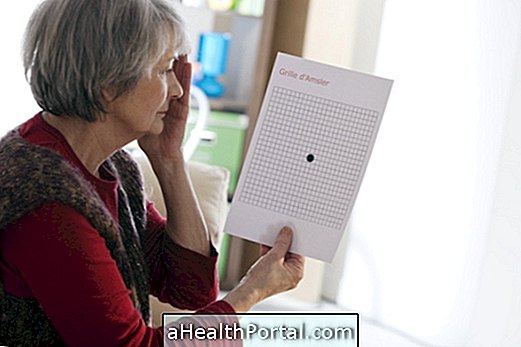Vulvar or Vulvar Vestibulitis is a condition where there is chronic pain or discomfort in the region of the woman's vulva. This problem causes symptoms such as pain, irritation, redness or stinging sensation in the genital area, which is why the problem is often confused with dermatoses or infections in the genital area.
Usually, this problem makes intimate contact painful, giving rise to pain symptoms that can last for hours or days after intercourse. This is a disease that has no cure, and so the treatment aims to reduce pain and discomfort, so as to improve the quality of life.
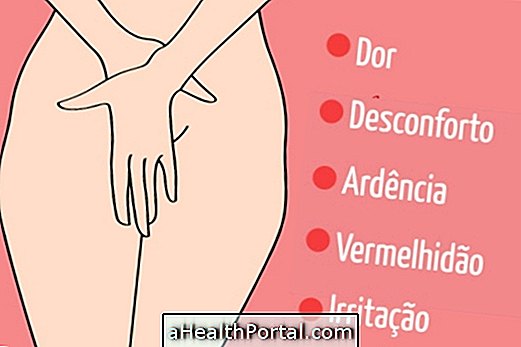
Main Symptoms
Some of the main symptoms of Vulvodynia include:
- Pain on the touch and irritation in the region of the vulva;
- Redness and stinging sensation in the genital area;
- Increased sensitivity;
- Sensation of stinging and burning in the region of the vulva;
- Difficulty inserting tampons or vaginal applicators;
- Pain during intercourse;
- Difficulty performing activities such as riding a horse or cycling.
Generally, this problem makes the intimate contact painful, appearing symptoms of pain that can last for hours or days after intercourse. The pain felt may or may not be constant, and symptoms may manifest from mild discomfort to intense pain that makes it difficult to perform basic daily activities such as sitting for example.
Causes of Vulvodynia
Vulvodynia can affect women of all ages, from adolescence to menopause.
Although not yet known the causes that lead to the emergence of this problem, however there are some factors that are associated with the emergence of this problem that include:
- Neuropathic pain;
- Genetic factors;
- Problems or dysfunctions in the pelvic floor;
- Hormonal changes;
- Changes in nerve pathways.
In addition, the onset of this disease is also associated with other factors including fibromyalgia, irritable bowel syndrome, posttraumatic stress, depression, migraine or recurrent candidiasis.
How the Diagnosis is done
The diagnosis of this disease can be made by the gynecologist, who will perform observation and touch examinations, to identify the points of sensitivity or pain. Often, this test is performed using a cotton swab to exert pressure on specific points in the genital region.

What is the Treatment?
The treatment for Vulvodynia depends on the type and intensity of the sensed symptoms, since there is no defined treatment for this disease, so there is a need to adapt the treatment to each situation.
Therefore, treatment may include the use of topical medications such as lidocaine, the taking of oral remedies such as estrogen tablets, antidepressants or antiepileptics that relax the muscles, perform psychotherapy or sexual counseling. In more severe cases, it may even be advisable to perform a surgery called vestibulectomy. In addition, daily care with the genital area is also very important, especially skin care and hygiene of the vulva, since the use of aggressive or irritating products can aggravate the symptoms.
The treatment can also be complemented by performing gynecological physical therapy with devices such as TENS to decrease pain and exercises that strengthen the pelvic floor, such as Kegel exercises, Pompoarism or with vaginal cones.
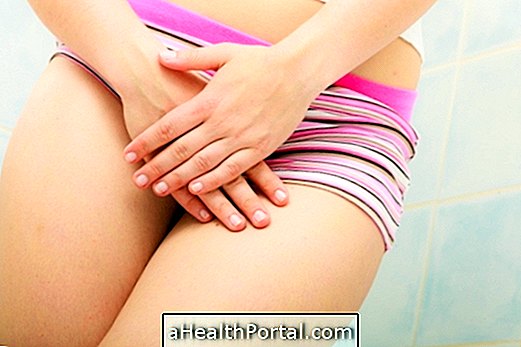

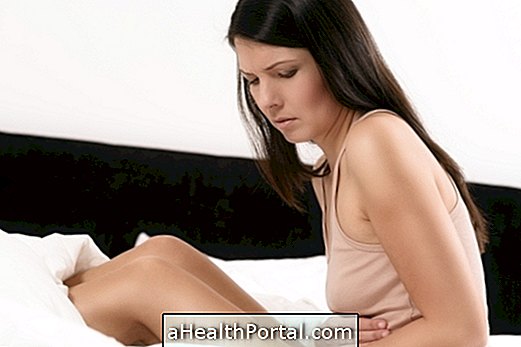


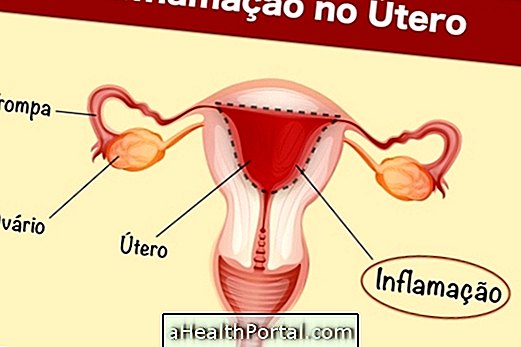


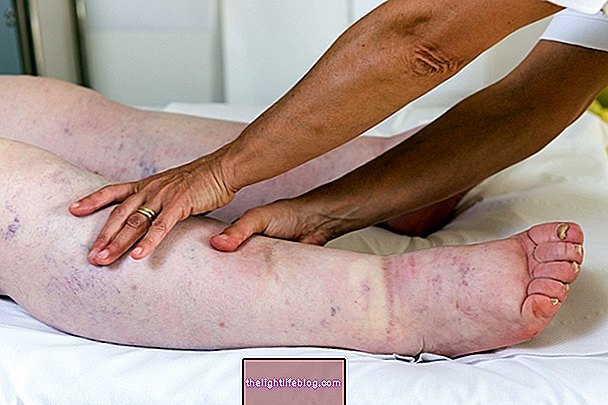
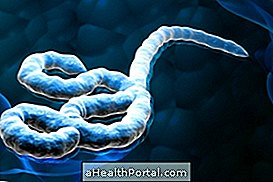
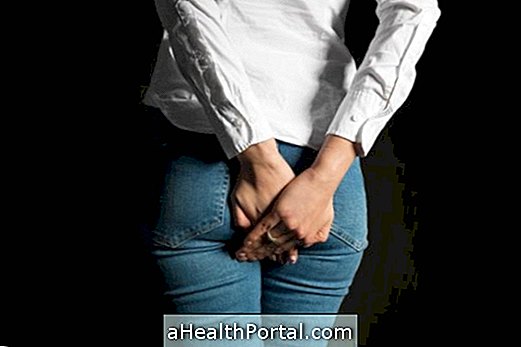
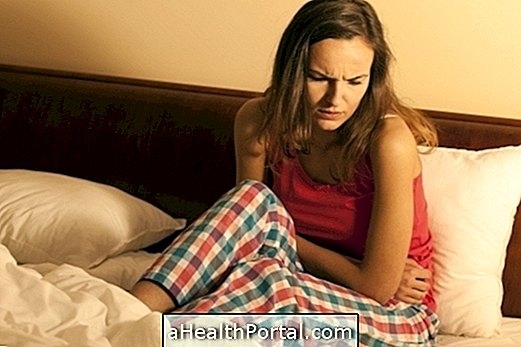



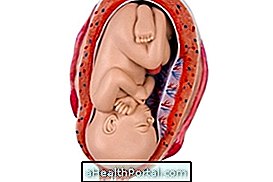
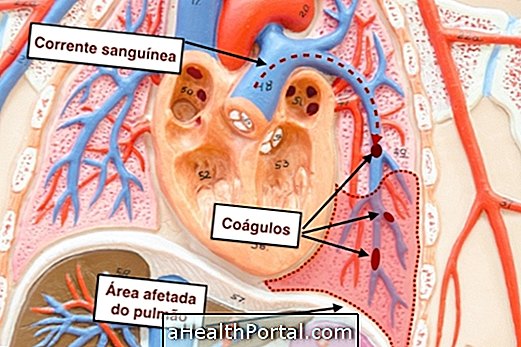

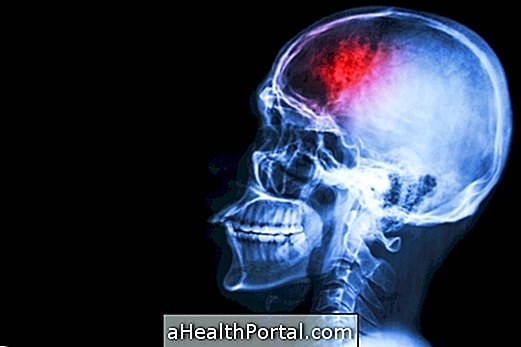

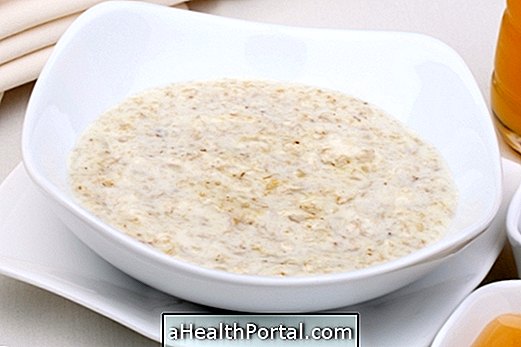
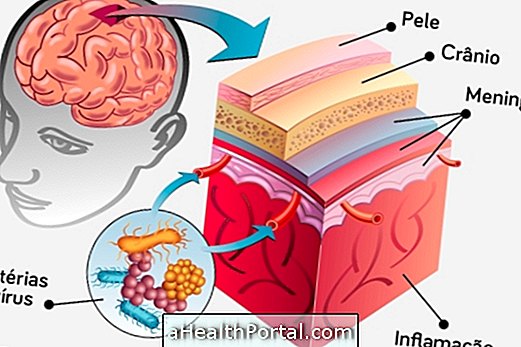
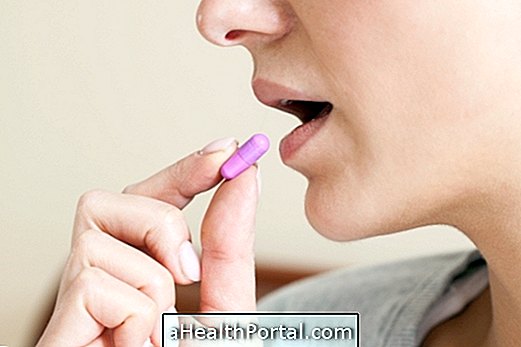
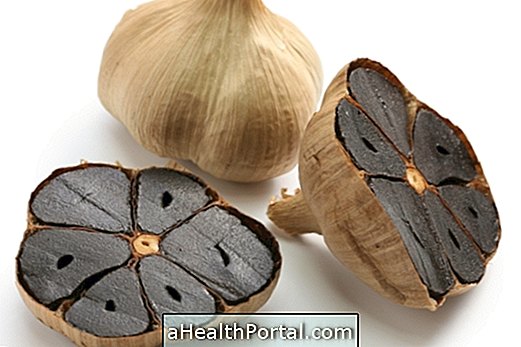


-o-que--como-identificar-e-o-que-fazer.jpg)
